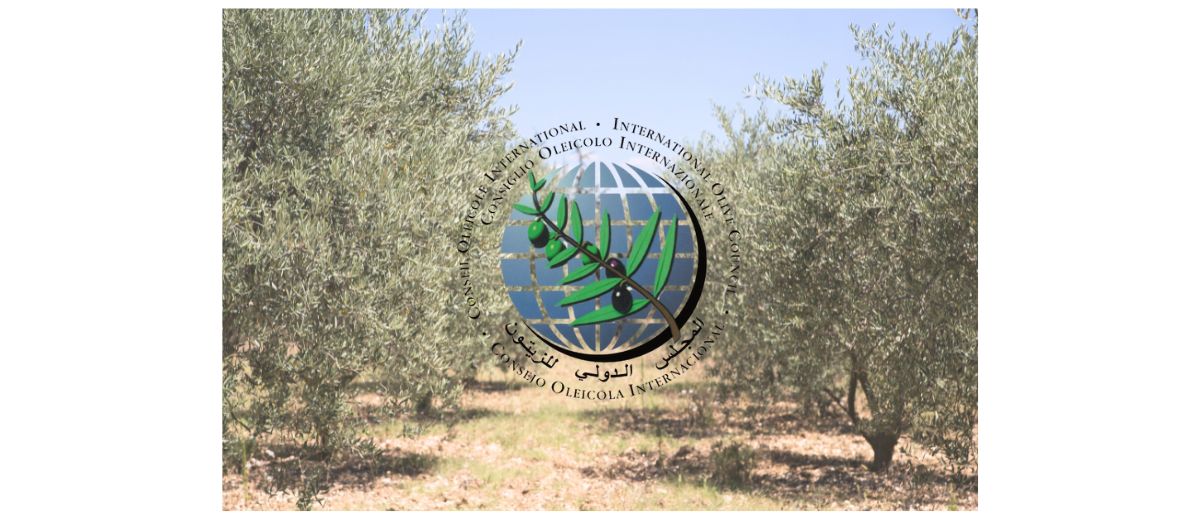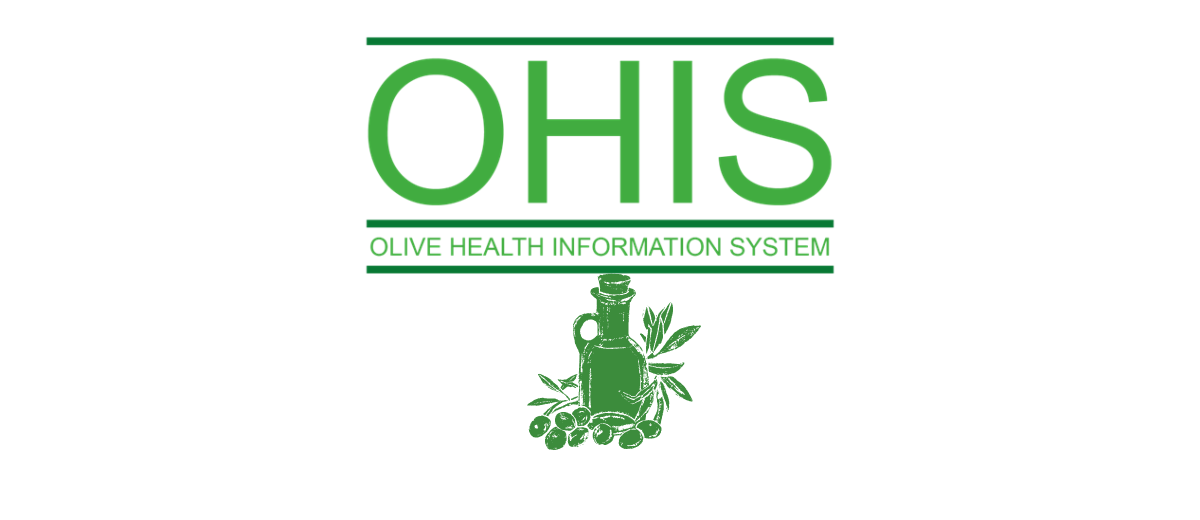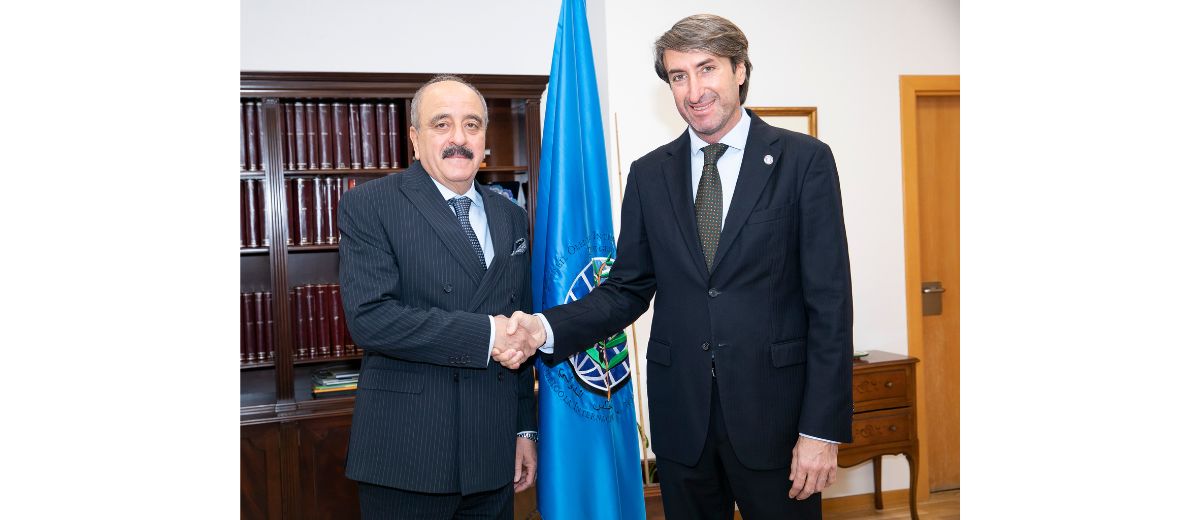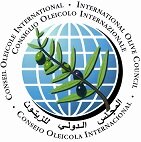We now have evidence that, when the appropriate agricultural practices are applied, the carbon sink effect (or carbon sequestration) of olive trees through the biomass and soil is much greater than the greenhouse gas emissions for one production unit (one litre of virgin olive oil).
According to Environmental Product Declarations for olive oil and published research, on average 1.5 kg of CO2e is emitted into the atmosphere for the production of one litre of olive oil (virgin or extra virgin).
By applying mathematical calculations or the results of available scientific literature, or applying an application like the one offered by the IOC, it is possible to estimate that for every litre of olive oil produced in a mature semi-intensive orchard with average crop yields, the orchard has the potential to fix 10 kg of CO2 in the soil.
It can therefore be claimed that for every litre of olive oil, the olive orchard fixes 10 kg of CO2 in the soil, and that olive oil production helps to combat global warming by absorbing more atmospheric CO2 than it produces and fixing it in the soil and biomass.
The fact that the consumption of olive oil and the protection of this crop are positive and green measures for the environment is precisely the message that the IOC wishes to share with the international community. To demonstrate that “Olive oil is both healthy and good for the environment”, it has developed a computer application to calculate the carbon sink effect of olive orchards. This application, which can be used by any farmer, in any part of the world to calculate their carbon balance, is available on the IOC website: http://carbonbalance.internationaloliveoil.org
The working group set up by the IOC to develop this application studied and developed generic examples of how the incorporation of the agricultural carbon balance affects the carbon balance of producing 1L of oil. The existing methodologies for calculating carbon balance have thus been supplemented by elaborating on calculation principles (parameters and their influence) and available reference data.
When applying this calculation (sub)methodology or recommendation, the working group followed inventories (IPPCC – Intergovernmental Panel on Climate Change) and B2B (business-to-business) and B2C (business-to-consumer) communication approaches.
The IOC thanks the members of the working group for their participation in the development of this tool. Without their active and positive contribution, the IOC would not have been able to develop the application and make it available to olive farmers throughout the world.









